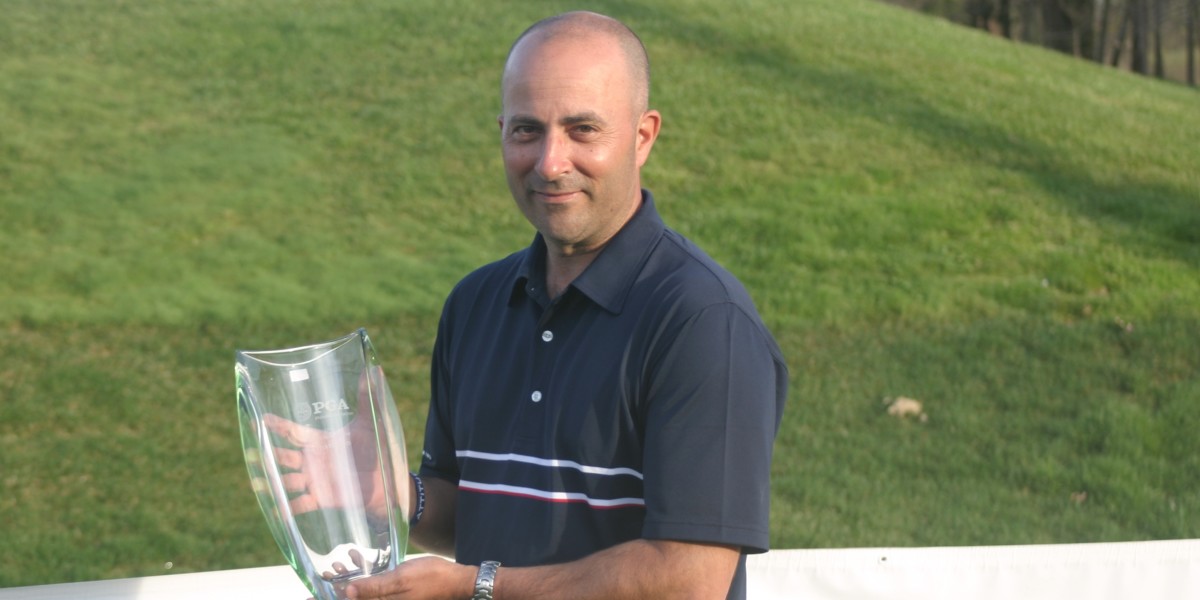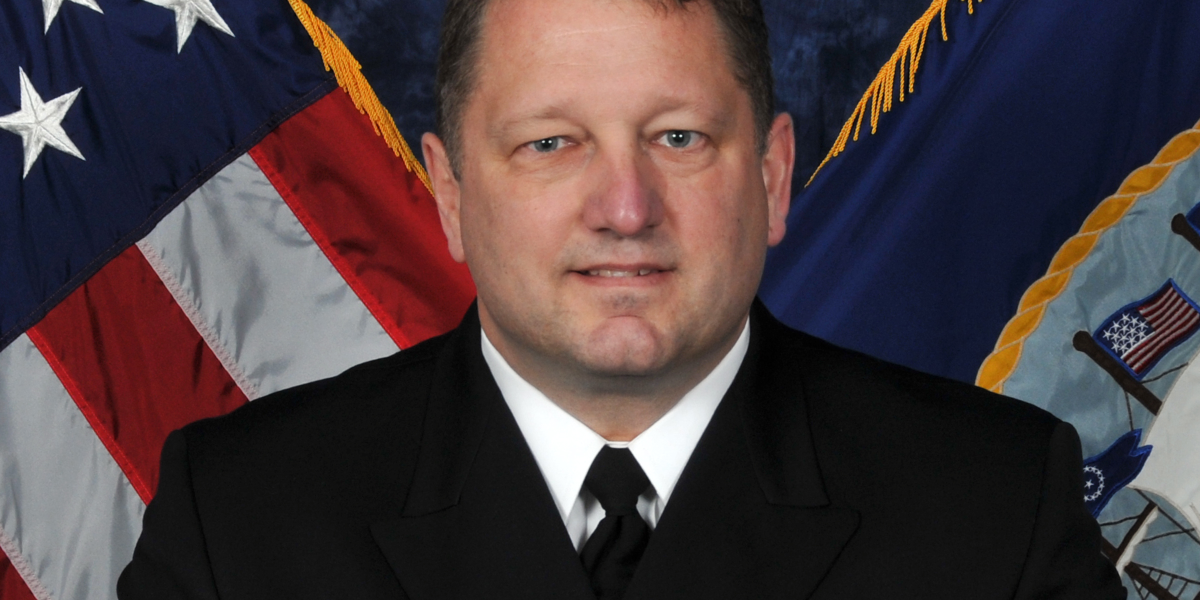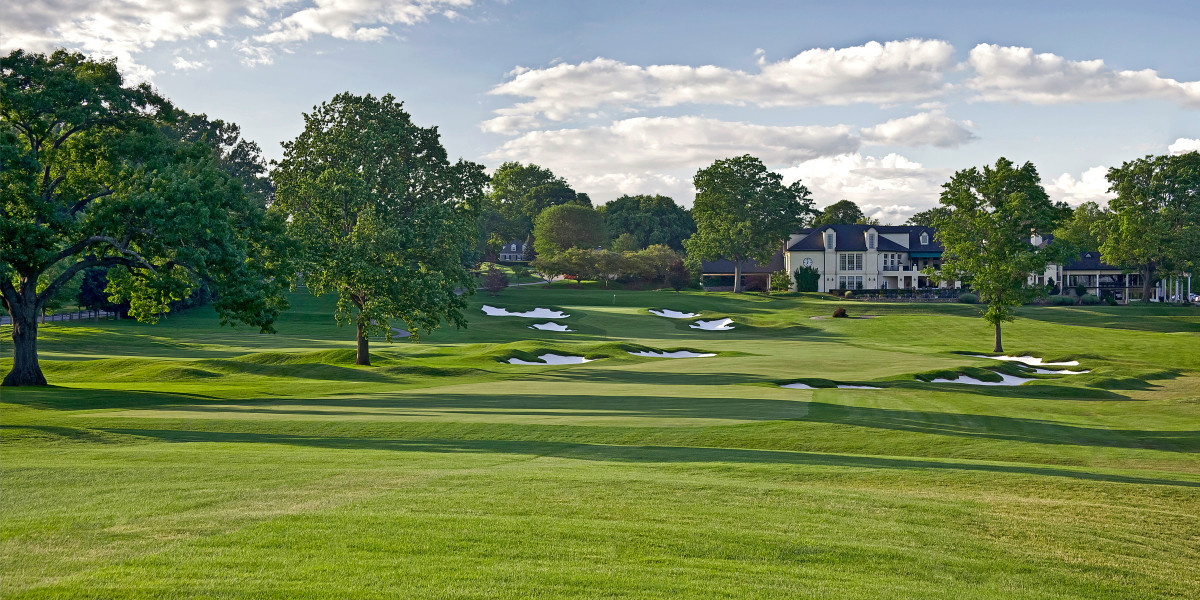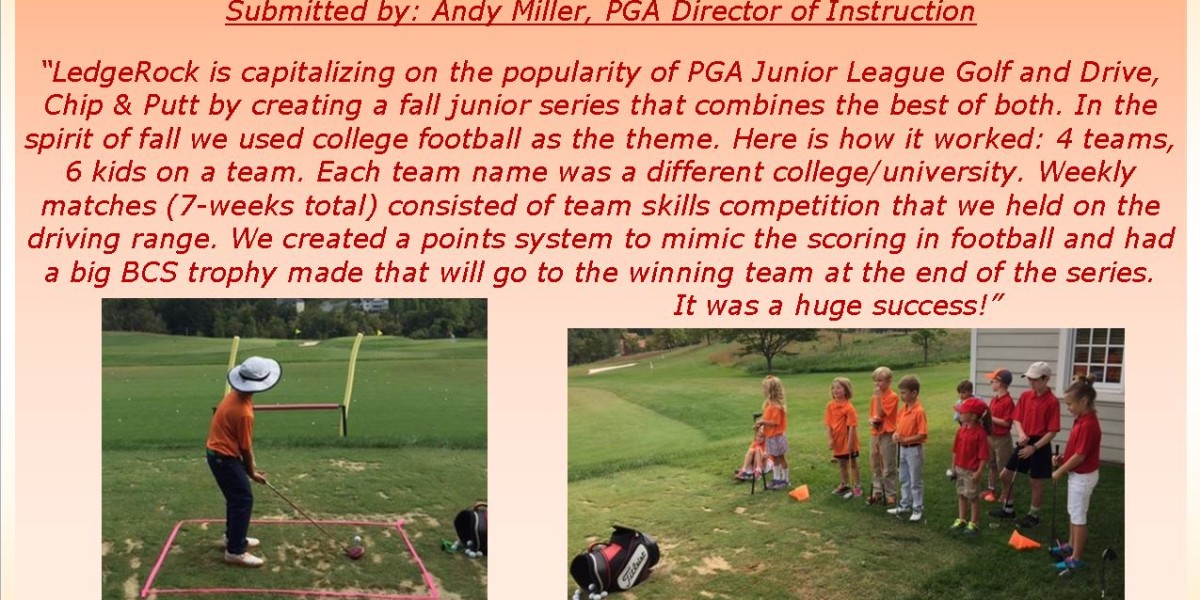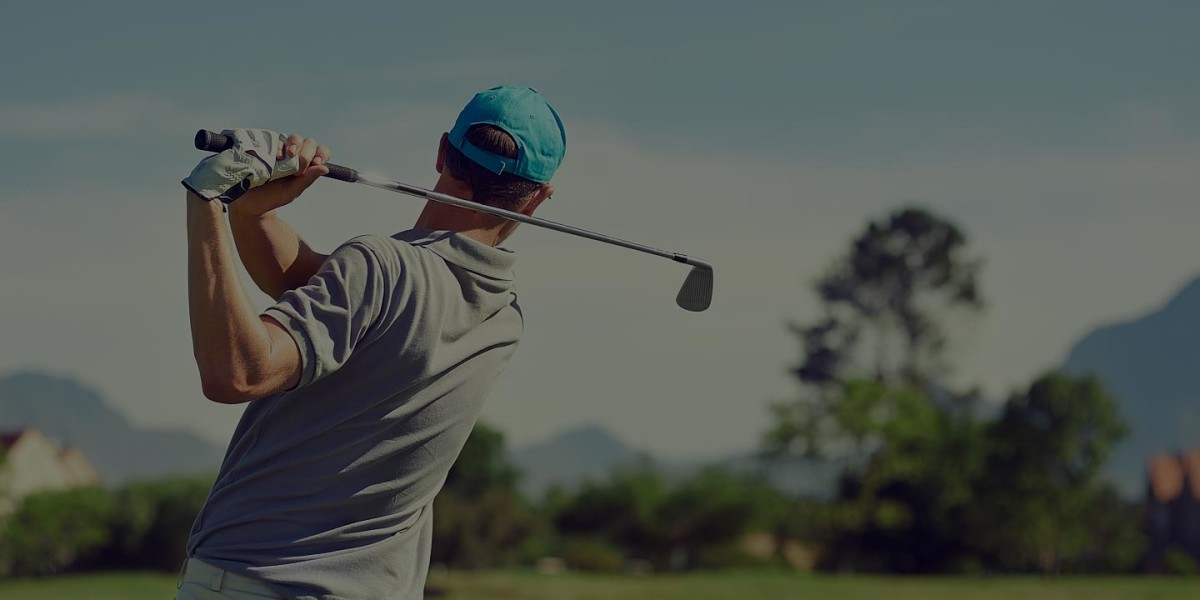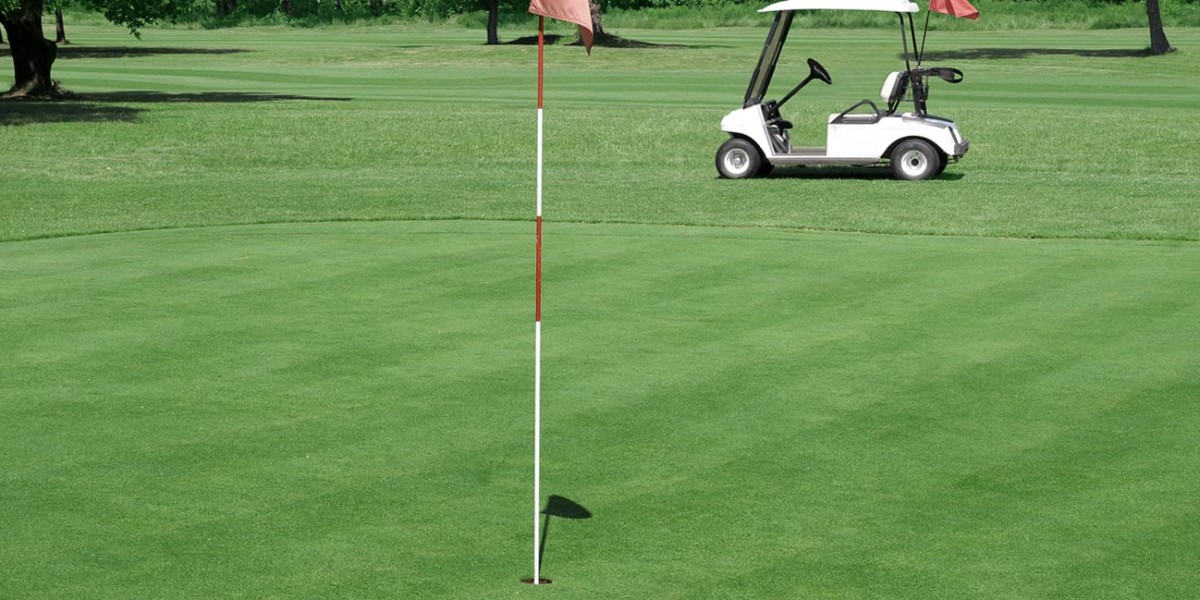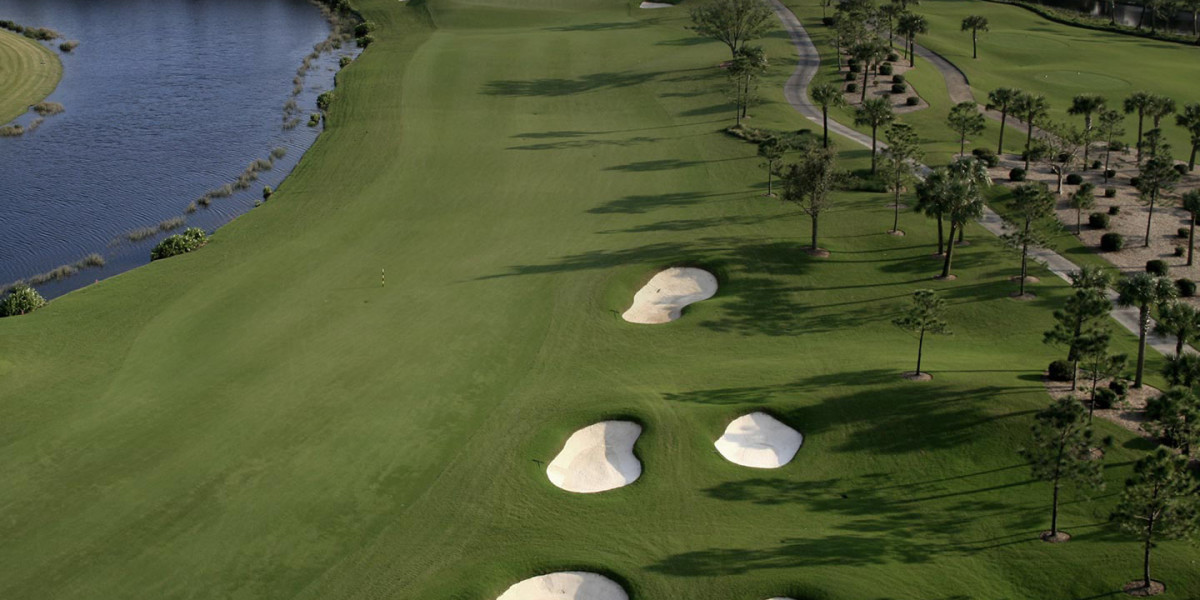Kennedy Captures Callaway Golf TPD Championship
On a sun-splashed spring day the Philadelphia PGA held their season-opening event, The Callaway Golf TPD Championship. The tournament serves as the first event in the chase for the Omega Player of the Year presented by The Haverford Trust Company.
More than 120 Philadelphia PGA Professionals, all members of the Section’s Tournament Players Division (TPD), traveled to Commonwealth National Golf Club for today’s event. The TPD Championship was played as a modified stableford tournament with players earning 1 point for any par, 3 points for birdies, 6 points for eagles, 9 points for double eagles, and -1 point for any bogey or worse.
Playing in the tournament’s morning wave, one competitor proved too much for the competition. Eric Kennedy (Overbrook Golf Club) made his way around the 6700 yards long golf course without a blemish adding three birdies along the way to finish in solo first place with a total of 24-points. Kennedy finished two shots clear of second place finisher Bill Sautter (Philadelphia Cricket Club) and four shots ahead of third place finisher and Section newcomer Rick LeBeau (Gulph Mills Golf Club) who totaled 20 points. With this being the season’s first points event Kennedy will begin the year in first place on the Omega Player of the Year presented by Haverford Trust Co standings with his win.
“It is an honor to win this tournament for the second time (2012). In fact this is the only Philadelphia PGA event I’ve won,” said tournament champion Kennedy. “I want to thank Patrick Shine and the members of Commonwealth National for hosting us at such an outstanding facility. I also want to thank Laura Manchester and Kevin Martin from Callaway Golf for supporting this great event.’
Despite falling two points short to Eric Kennedy, Bill Sautter did manage to claim the low senior honors with his 22 points. Sautter carded four birdies (3 points each) against two bogeys (-1 point) while carding pars on the remaining holes to finish 4-shots clear of second place finisher Bob Fritz (Manufacturers G&CC). Like Kennedy, Sautter will take the early lead on the Robert “Skee” Riegel Senior Player of the Year points list.
The Philadelphia Section would like to thank our Title sponsor Callaway Golf and our Section representative Laura Manchester and Kevin Martin as well as our presenting sponsor the PGA Tour. The next event on the tournament schedule is the Connelly Cup – Head Pro Championship being held on May 2nd at Fieldstone Golf Club.
For complete Philadelphia PGA coverage follow us on social media at Facebook and Twitter.
1 Eric Kennedy 35-33--68 24 2 Bill Sautter 33-36--69 22 3 Rick LeBeau 34-36--70 20 T4 Eric McNamee 38-34--72 18 T4 Michael Little 36-35--71 18 T4 Bob Fritz 37-34--71 18 7 Dave McNabb 37-35--72 17 T8 Eddie Perrino 36-36--72 16 T8 George Forster 36-36--72 16 T8 Carson Solien 38-34--72 16 T8 Rich Steinmetz 34-38--72 16 T8 Dave Pagett 38-34--72 16 T8 Steve Swartz 37-35--72 16 T8 Kevin Kraft 35-37--72 16 T8 Curtis Kirkpatrick 35-37--72 16 T8 Bertus Wessels 35-37--72 16

